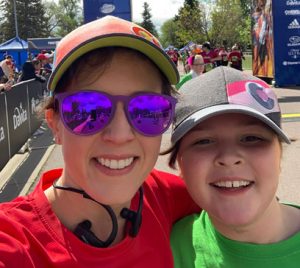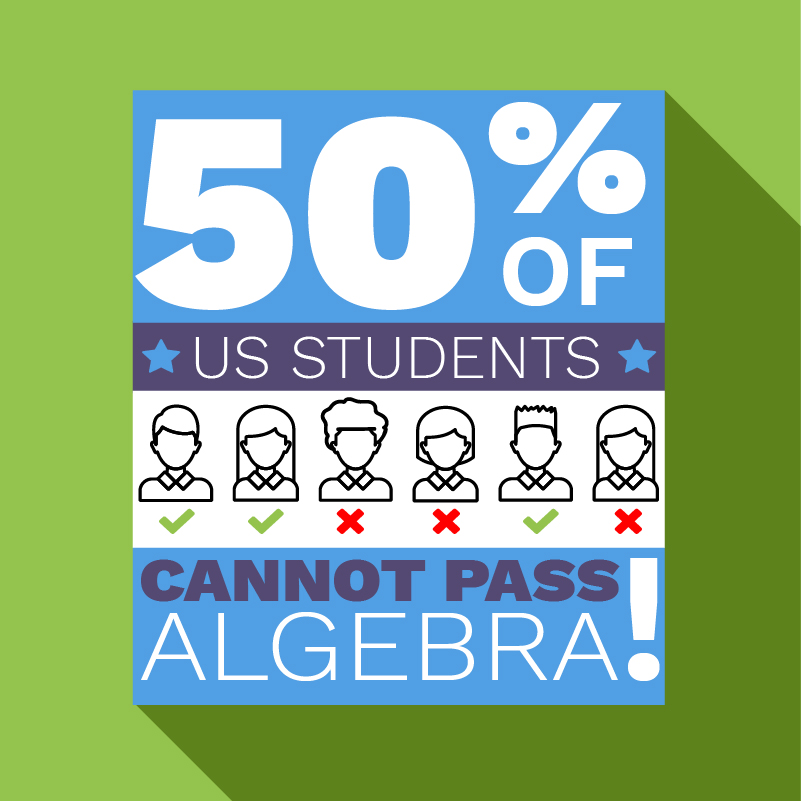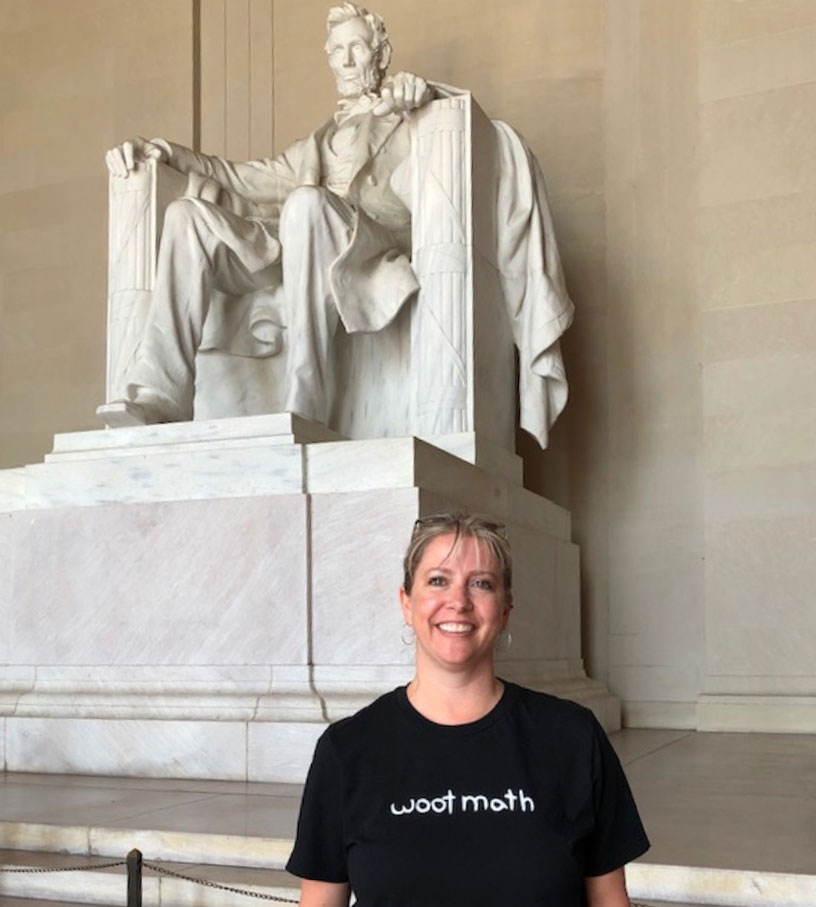Meet Our Tutors: Mr. Jeff
Jeff is a math education fanatic. He taught high school math and science for 5 years where he developed a passion for integrating technology into curriculum and instruction.
Jeff moved to Colorado to pursue his passion for supporting teachers with technology in a PhD program at CU Boulder working with Dr. David Webb. During his journey through graduate school, Jeff has worked as a computer science teacher trainer, developed curricular resources for middle and high school teachers, taught elementary math education courses, mentored pre-service teachers in integrating project based learning into their teaching, and helped design tools to support teachers in implementing real time formative assessment.

When did you know you wanted to be a teacher?
Leading wilderness trips for the YMCA in college showed me how rewarding it is to work with youth and support them as they learn to become more independent, confident and empowered. After college, I pursued teaching to work with youth year round and have summers open to still guide wilderness trips. While teaching, I developed an interest in how teachers need more support in integrating technology into their formative assessment practices and how students need access to tools that make math accessible and empowering, not phobia-inducing. That led me to graduate school and pursuit of a PhD at CU Boulder where my research and teaching have covered a wide range of projects but all mostly focused around the central theme of supporting math teachers, particularly with technology use and formative assessment.
Tell us about an inspirational or funny moment you had with a student.
After my first year teaching, I woke the first day of summer feeling down about my own ability to teach math and inspire high school students. This is not uncommon for first year teachers but knowing that didn’t seem very comforting. My supervisor and mentor noticed my mood at our morning meeting told me that Michael Jordan didn’t become the star he was in his first year playing ball. It took him years of practice. This was inspiring to me. I had been telling my students that their hard work would pay off and that they could become better learners with more hard work. The same lesson applied to teaching. Later that day, a student wrote me an email talking about how he had been thinking about dropping out but often thought back to our Algebra class and how I had been patient with him, even though he didn’t always get the concepts right away. I encouraged him to retake quizzes and come in for extra help. Even though he didn’t always take me up on it, he said that knowing I believed in him is part of what helped keep him in school. I think back to that day as a pivotal moment where I decided I wouldn’t ‘drop out’ of a career in education but instead would work as hard as I could to become an all-star educator.
I had been telling my students that their hard work would pay off and that they could become better learners with more hard work. The same lesson applied to teaching.
What’s your favourite thing about online tutoring?
I really like using our digital tools to help students become savvy math wizards. I use the fraction tools and other manipulatives whenever I can. I also love color coding with the drawing tool. Colors help guide notes but also can be a ton of fun!
Why did you become a Woot Tutor?
Although I teach young teachers as a graduate student, I don’t get as many opportunities to work with k-12 students. Not only is it something that I enjoy, it also helps me practice and apply techniques that I read about in academia and develop an understanding for how to connect research and practice.

What do you love about the Woot program?
I love that we teach kids to become self sufficient. I believe that everyone can become a “math person” with the right support, tools and attitude. Instead of being the tool that you rely on, Woot shows you the tools to use as you become an independent learner.
What do you love doing in your spare time?
I love adventuring in the outdoors with my 5 year old Husky-mix, Sterling, and cooking delicious food for my friends and loved ones. Recently, I have also really taken to gardening. Nothing beets (oh, I like puns too) the feeling of a home grown meal.

Jeff has a Bachelors of Arts from Bowdoin College in Environmental Studies and Geology and a Masters in Curriculum and Instruction from the University of Colorado. When he finds some time to himself, Jeff enjoys baking bread, adventuring in the mountains, and trail running with his 5 year old Husky mix, Sterling.


























